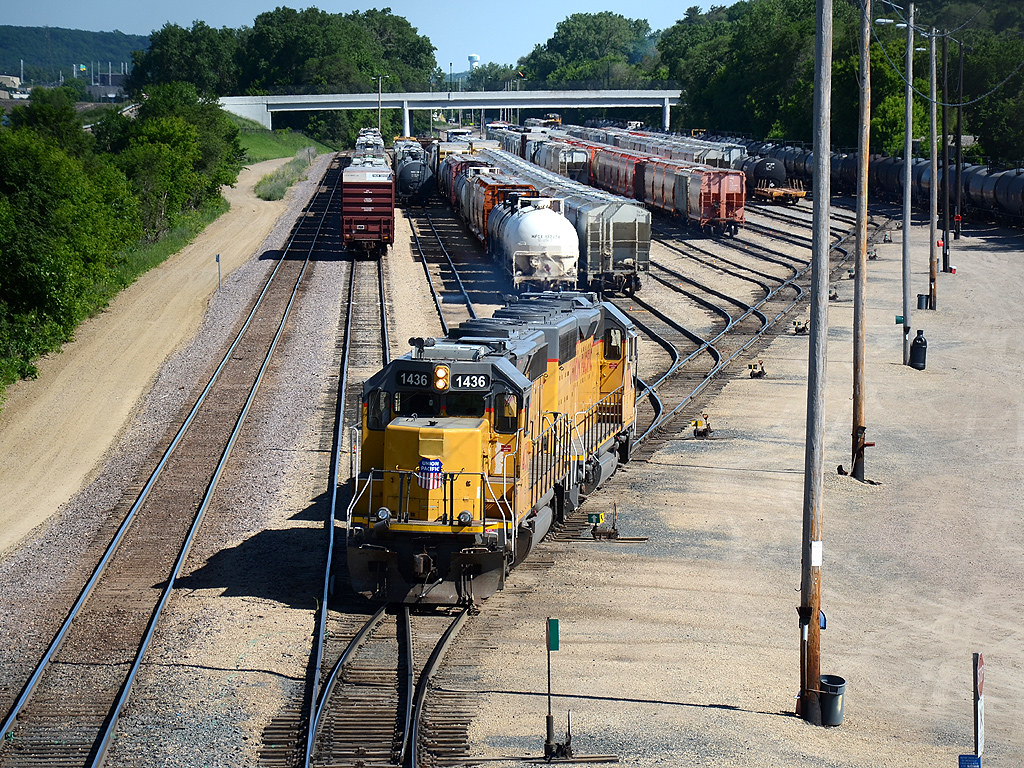santafewillie
Same Ol' Buzzard
Since I don't do videos, I will subject you to a series of pictures for Switching Saturday.
Among my seven grain elevators on the layout, I have one particularly large (for a layout) one for ADM. The elevator operator has 14 loaded covered hoppers to be picked up, and needs some empties. This is a big customer and the railroad generally takes good care of them.
Here's a pair of SD40-2's heading in with 16 empties.

The full hoppers are on both the storage track and the loading track.

Leaving the empties on the main, the power makes the run-around on the siding.

The crew removes the caboose and shoves it down the siding.

Then they remove the cars from the loading track and push them down the siding as well.

Then it's time for the ones on the storage track which were moved over there a few days earlier by the local passing by.

Then empties are moved from the main to the storage track and the loading track.


Power is attached to the full cars waiting on the siding, brake test is made and off they go.


That's it for this week.
Among my seven grain elevators on the layout, I have one particularly large (for a layout) one for ADM. The elevator operator has 14 loaded covered hoppers to be picked up, and needs some empties. This is a big customer and the railroad generally takes good care of them.
Here's a pair of SD40-2's heading in with 16 empties.
The full hoppers are on both the storage track and the loading track.
Leaving the empties on the main, the power makes the run-around on the siding.
The crew removes the caboose and shoves it down the siding.
Then they remove the cars from the loading track and push them down the siding as well.
Then it's time for the ones on the storage track which were moved over there a few days earlier by the local passing by.
Then empties are moved from the main to the storage track and the loading track.
Power is attached to the full cars waiting on the siding, brake test is made and off they go.
That's it for this week.


